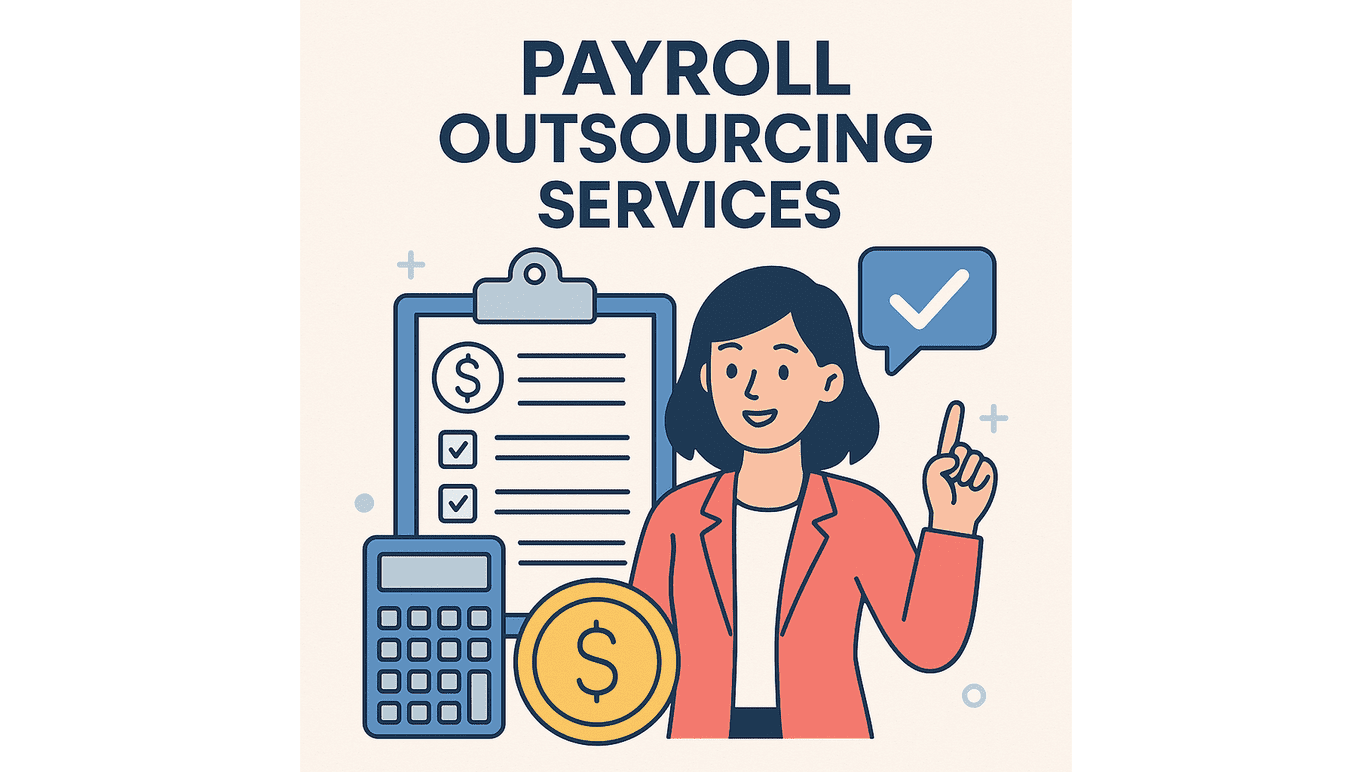
Introduction
Traditionally, escrows offered a secure solution, with buyers transferring funds to a neutral intermediary bank account. Upon verified product delivery, the bank released funds to the seller. While secure, this manual process could be time-consuming and prone to human error. In today’s dynamic business environment, ensuring secure and efficient transactions is paramount and hence there is an increasing shift towards automation given the increasing importance of financial security and transaction efficiency

The Evolution of Escrow Services
Escrowing valuables for secure transactions dates to ancient times, even before money. This practice continued through medieval Europe with courts holding land titles. Today, escrow services remain vital for secure transactions in real estate, mergers, and beyond. Fuelled by the growing need for trust, the global escrow market is projected to reach USD 600 Billion by 2028.
The journey of escrow services from manual, paper-based processes to digital automation reflects the broader evolution in commerce and banking technologies. This transition mentions the increasing complexity of transactions and the demand for faster, more secure methods of conducting business. The shift towards automated escrow systems underscores the banking industry’s commitment to software innovation, which enhances operational efficiencies and provides superior customer experiences.
The Next stage – Escrow Automation
With Automation, the time spent on scrutiny and verification is greatly reduced while also increasing the visibility. This digital transformation reduces traditional risks associated with manual escrow management, such as human error and delays, offering a more connected and reliable transaction process.
This digital transformation significantly reduces the time spent on manual scrutiny and verification, while simultaneously enhancing transparency throughout the transaction lifecycle. The benefits are as below
- Reduced Risk: Manual processes inherently carry the risk of human error and delays. Automation minimizes these risks, ensuring a faster and more reliable transaction experience for all parties involved. For more details visit :- https://datanimbus.com/blog/unlocking-efficiency-how-banks-are-streamlining-transactions-with-automated-escrow/








Your point of view caught my eye and was very interesting. Thanks. I have a question for you.